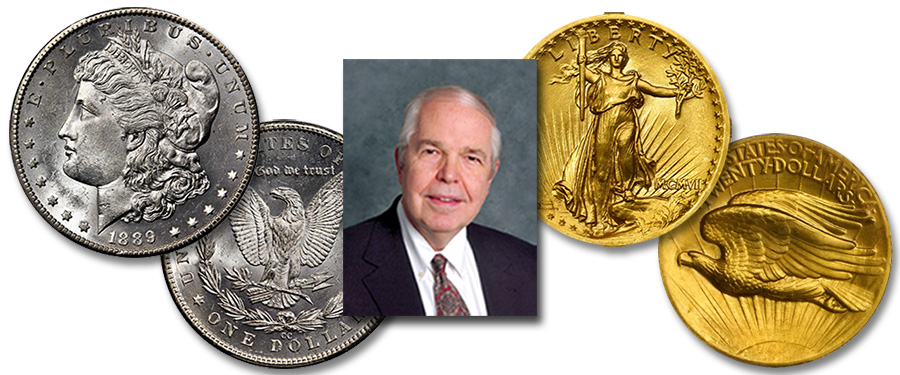
Popularity is probably the single
most important determinant of value. Basically,
if rarities and grades are comparable, a numismatic item in a widely collected
series will bring a much higher price than one in a narrow, specialized series
with few adherents. Thousands of Mint
State 1889-CC Morgan silver dollars exist, and yet the Guide Book prices an example in MS-60 grade for
$24,000. In contrast, only 11 to
20 specimens of a certain Abraham Lincoln patriotic Civil War token exist, but
a MS-63 specimen is valued at just $750 to $1,000.
The difference is due to
popularity. Well over 100,000
enthusiasts, perhaps far more, aspire to collect Morgan silver dollars by date
and mint. Although thousands of Mint
State 1889-CC dollars exist, they are expensive because they are rare in
relation to the demand for them. On
the other hand, just over a thousand collectors aspire to collect patriotic
Civil War tokens.
Popularity can be adjusted,
manipulated, and revised. While
rarity tends to remain constant, popularity can change over a period of time. Even entire collecting fields can change,
sometimes dramatically. Bird eggs and
tobacco tags, widely collected in the 19th century, are hardly ever heard of in
this context today.
However, this does not apply to
numismatics—money is not going to go out of style anytime soon. Many new statehood quarters, Jefferson
nickel modifications, and commemoratives are coming down the pike—enough to
keep us busy for a long time—and membership in the American Numismatic
Association (ANA) has increased in the past decade.
Aspects that can affect popularity are provenance
(identities of previous owners), fame, news coverage, the existence of coin
albums making collecting a series orderly, and listings in numismatic guide
books where collectors can easily understand what coin issues and series exist.
Also, auction appearances generate publicity and increase desire. Every time Stacks Bowers Galleries has a
nice MCMVII (1907) High Relief double eagle in a sale, something is said about
its history, romance, and beauty in addition to its rarity and grade. When a spectacular rarity comes up for
sale, its availably and the publicity surrounding it combine to draw potential
buyers out of the woodwork; an individual who is not an active coin collector
might jump in with both feet and buy it. I
have seen this happen many times. Similarly, a collector of one series will
jump ship and, after learning about a given item through a catalog description
or news article, decide to plunge into another specialty entirely. I could
mention dozens, probably even hundreds, of instances in which a nice “spread”
in an auction catalog, whether on the gold coins of the Charlotte or Dahlonega
mints, a beautiful 1879 Schoolgirl pattern silver dollar, or an obscure
colonial, served as a launch pad for a collector.





